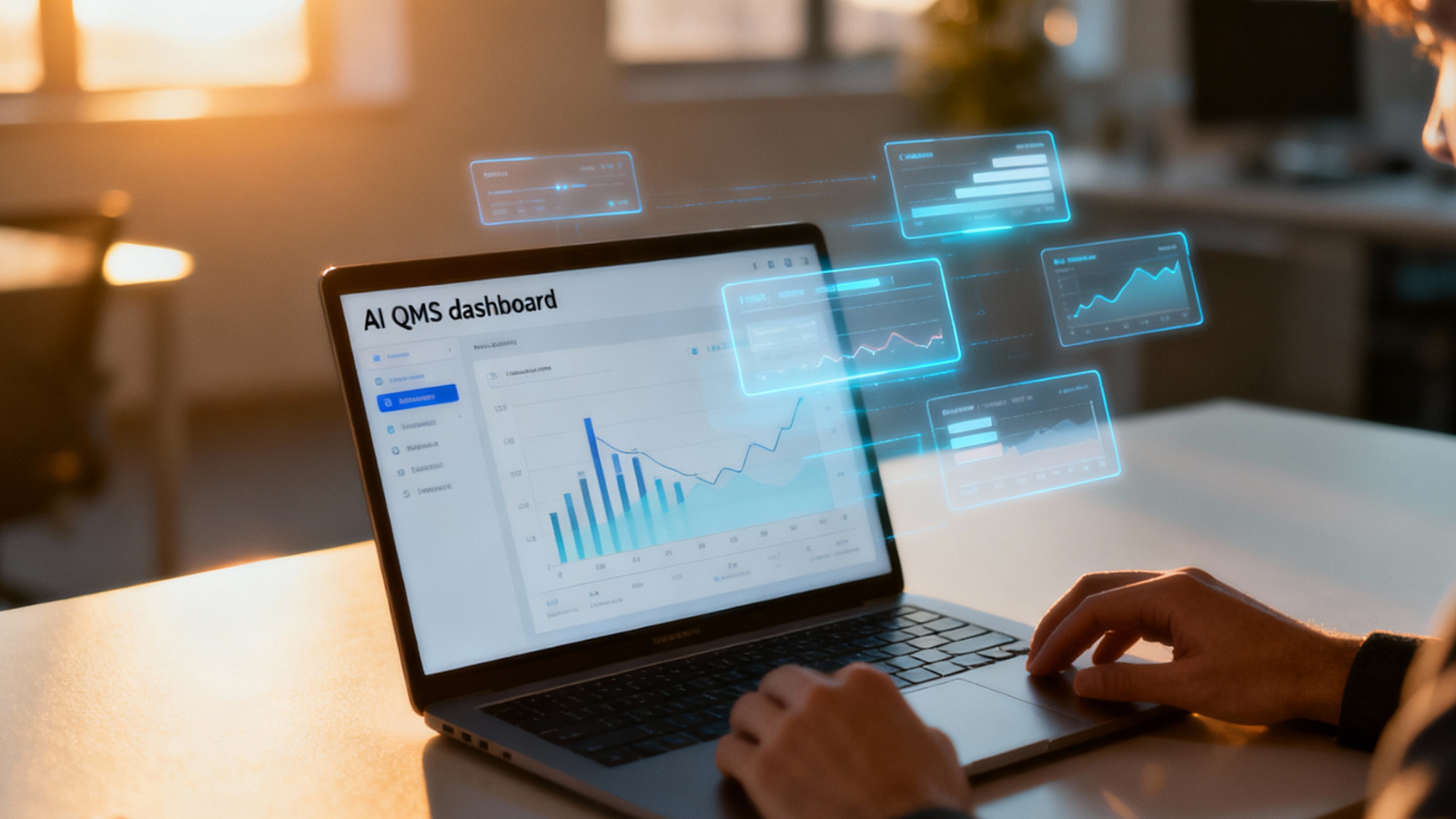Reactive maintenance, as the name suggests, is the process of maintaining assets by reacting to unexpected failures. Relying entirely on this method means you can experience disruptions and shut-downs at any time. Yet 60% of businesses still use reactive maintenance as their maintenance strategy.
Also known as run-to-failure maintenance, this strategy prolongs problem discovery since there is no information about possible risks that may occur. In the short run, long periods of downtime can lead to significant financial losses, while in the long run, assets that run to failure have a shorter lifespan and need to be replaced more often.
Preventive maintenance is a strategy of scheduled asset maintenance at regular intervals. Preventive maintenance (aka periodic maintenance) increases asset efficiency and reliability. Its organised structure enables better budget management.
Another difference between preventive and reactive maintenance is the time management and efficiency of technicians. Since reactive maintenance doesn’t include planning, technicians can spend hours being idle and waiting for something to go wrong. Preventative maintenance means technicians are kept busy preventing issues from occurring and keeping operations running smoothly.
How to Implement Preventive Maintenance
Engage Everybody
The entire maintenance management and technician team must be on the same page for a preventative maintenance system to work. Understanding the equipment is just as important as mastering the maintenance process.
People are naturally resistant to change. Smooth implementation requires all employees to be fully informed about what will happen and when.
Benefit from a CMMS
An easy transition must be supported via feedback, team meetings and constructive criticism. However, not all maintenance management improvements can be made based on employee suggestions. To observe the effects of the system on the business, you must track concrete data. This is difficult to achieve with pen and paper. A CMMS enables you to keep track of your organisational efforts and objectives.
A CMMS tracks customised key performance indicators (KPI) and makes it easier to plan, schedule and assign work orders. You can access your entire asset history, easily track recurring problems and view past technician works using a QR code.
Prioritise Critical Assets
If you have not implemented a preventive maintenance system previously, it may not be the best decision to apply it across the entire organisation at once. Implementing preventative maintenance on all assets without ensuring full compliance makes it difficult to track your goals and prevents you from noticing the effects of the system.
You should choose the most critical assets for your business so you can track the state of the application. When making your decision, consider the importance of the assets as a function and those with high repair-replacement costs. After performing preventive maintenance on several asset types that meet these specifications, you can list and schedule all of your equipment.
Set Goals
Set performance measurement targets to ensure the system is implemented correctly.
Consider the reasons that influenced your decision to replace reactive maintenance with preventive maintenance.
-
Reducing the number of breakdowns
-
Reducing unplanned repair costs
-
Extending the uptime of assets
CMMS solutions allow you to track your goals easily. You can monitor all activity in real-time, not just in retrospect so dealing with sudden failures becomes systematic.
Conclusion
You will always have maintenance activities or unexpected breakdowns that you cannot perform regularly. For this reason, even if you change your maintenance strategy, you cannot say goodbye to reactive maintenance for good.
A CMMS helps minimise the number of unexpected failures and give you more time to manage your business and find ways to drive it forward.
Contact us for more information about Lena MAINT, and how it provides the benefits described and much more.


